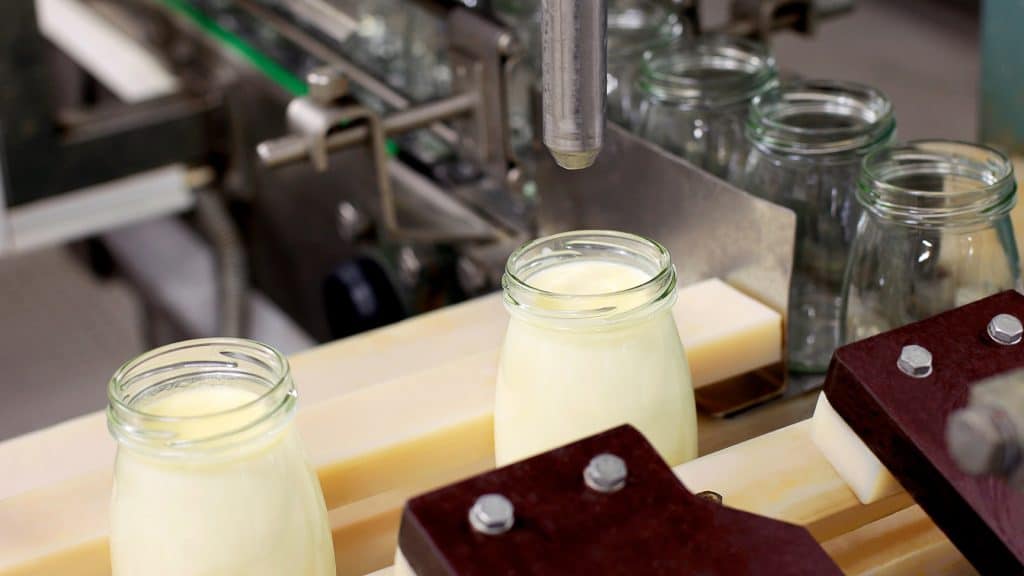Definition of silicone seal rings
Silicone seal rings are widely used in many industries due to their excellent sealing properties and durability. These rings are designed to provide a reliable and long-lasting seal between two mating surfaces, preventing the leakage of fluids, gases, or dust particles. In this article, we will explore the definition of silicone seal rings, their uses, benefits, and different types available in the market.
Silicone seal rings are widely used in various industries because of their unique properties, which make them an ideal choice for sealing applications.
Benefits of Silicone Seal Rings
Excellent temperature resistance: Silicone seal rings can withstand a wide range of temperatures, from as low as -60°C to as high as 230°C. This makes them suitable for use in a variety of industries and applications.
Chemical resistance: Silicone seal rings are resistant to many chemicals, including oils, solvents, acids, and alkalis. This makes them suitable for use in harsh chemical environments.
Good compression set: Silicone seal rings can maintain their sealing properties even after being compressed and then released. This makes them ideal for use in dynamic sealing applications where the seal is constantly being compressed and released.
UV and ozone resistance: Silicone seal rings are resistant to UV and ozone, which means they can be used in outdoor applications where they are exposed to sunlight and air.
Biocompatibility: Silicone seal rings are biocompatible, which means they can be used in medical applications without causing any harm to the body.
Electrical insulation: Silicone seal rings are good electrical insulators, making them suitable for use in electrical applications.
Easy to clean: Silicone seal rings are easy to clean and sterilize, making them suitable for use in food and beverage and medical applications.
Applications of Silicone Seal Rings
Here are some of the industries where silicone seal rings are commonly used and their importance:
Aerospace industry: Silicone seal rings are used in the aerospace industry to seal various components, such as fuel tanks, hydraulic systems, and engines. These seals need to be able to withstand extreme temperatures, pressure, and exposure to chemicals, which silicone is able to do.
Automotive industry: In the automotive industry, silicone seal rings are used in various parts, including engines, transmissions, and exhaust systems. These seals help prevent leaks, reduce noise and vibration, and improve overall performance.
Medical industry: Silicone seal rings are commonly used in medical devices, such as surgical instruments, drug delivery systems, and implantable devices. Silicone is a biocompatible material, meaning it can be used safely inside the body without causing harm or adverse reactions.


Food and beverage industry: Silicone seal rings are used in food and beverage processing equipment, such as pumps and valves, to prevent contamination and ensure hygienic conditions. Silicone is non-toxic, easy to clean, and resistant to high temperatures, making it ideal for these applications.
Electrical industry: Silicone seal rings are used in electrical equipment, such as transformers and cables, to prevent moisture, dust, and other contaminants from entering and causing damage. Silicone is also an excellent insulator, making it ideal for electrical applications.

Overall, silicone seal rings are essential in many industries because of their unique properties, including resistance to extreme temperatures, pressure, chemicals, and biological fluids. They help prevent leaks, improve performance, and ensure safety and hygiene in various applications.
Types of Silicone Seal Rings
O-ring: O-rings are circular silicone seal rings with a round cross-section. They are commonly used for sealing applications in hydraulic systems, engines, and pumps.
Square ring: Square rings are silicone seal rings with a square cross-section. They are commonly used in static sealing applications, such as flanges and valve covers.
D-ring: D-rings are silicone seal rings with a D-shaped cross-section. They are commonly used in hydraulic systems and pneumatic applications.
X-ring: X-rings, also known as quad rings, are silicone seal rings with an X-shaped cross-section. They provide better sealing performance than O-rings and are commonly used in high-pressure hydraulic systems.
E-ring: E-rings are silicone seal rings with an E-shaped cross-section. They are commonly used in automotive applications, such as fuel injectors and carburetors.
V-ring: V-rings, also known as V-seals, are silicone seal rings with a V-shaped cross-section. They are commonly used in rotary shaft applications, such as pumps and motors.
Gasket: Silicone gaskets are flat seal rings used to seal two or more surfaces. They are commonly used in static sealing applications, such as flanges and valve covers.
How to Choose The Right Silicone Seal Ring?
Choosing the right silicone seal ring for your application requires considering several factors, such as the application requirements, operating conditions, and material properties. Here are some of the factors to consider when choosing the right silicone seal ring:
1.Application requirements: Consider the type of sealing application, such as static or dynamic, and the type of seal, such as O-ring, square ring, or V-ring.
2. Operating conditions: Consider the temperature range, pressure range, and exposure to chemicals and other environmental factors. Ensure that the silicone seal ring can withstand the operating conditions of the application.
3. Material properties: Consider the material properties of the silicone seal ring, such as the durometer, compression set, and tear strength. Ensure that the material properties of the silicone seal ring are suitable for the application requirements.
4. Size and shape: Choose a silicone seal ring that fits the size and shape of the sealing surface to ensure a proper seal.
5. Industry standards: Consider industry standards, such as AS568 or ISO 3601, to ensure that the silicone seal ring meets the required specifications.
6. Manufacturer: Choose a reputable manufacturer with a proven track record of producing high-quality silicone seal rings.
Care and Maintenance of Silicone Seal Rings
• Proper care and maintenance of silicone seal rings can extend their lifespan and ensure reliable sealing performance. Here are some tips for caring and maintaining silicone seal rings:
• Check for wear and damage: Regularly inspect the silicone seal ring for wear, cracks, or other damage that could compromise its sealing performance. Replace any damaged or worn silicone seal rings immediately.
• Clean the sealing surface: Before installing a new silicone seal ring, ensure that the sealing surface is clean and free of debris, dirt, and other contaminants that could affect the sealing performance.
• Lubricate the seal: Apply a thin layer of lubricant, such as silicone grease or oil, to the silicone seal ring before installation. This helps to reduce friction and ensure a proper seal.
• Avoid sharp edges: Avoid sharp edges or rough surfaces that could damage the silicone seal ring during installation. Use proper tools and techniques to install the silicone seal ring without damaging it.
• Avoid incompatible chemicals: Avoid exposing the silicone seal ring to chemicals that are incompatible with silicone, such as solvents or acids, as they can cause the silicone to deteriorate.
• Store the seal correctly: Store the silicone seal ring in a clean, dry, and cool place away from direct sunlight and exposure to ozone, UV, or other environmental factors that could damage the seal.
• Use the right seal for the application: Ensure that the silicone seal ring is suitable for the application requirements, including the operating temperature, pressure, and chemical compatibility.
Silicone seal rings provide reliable sealing performance and are suitable for a wide range of applications. When choosing silicone seal rings, it is important to consider the application requirements, operating conditions, material properties, size and shape, industry standards, and manufacturer. Proper care and maintenance of silicone seal rings can extend their lifespan and ensure reliable sealing performance. Overall, silicone seal rings are a great option for applications requiring high-performance seals that can withstand high and low temperatures, chemicals, and other environmental factors.
